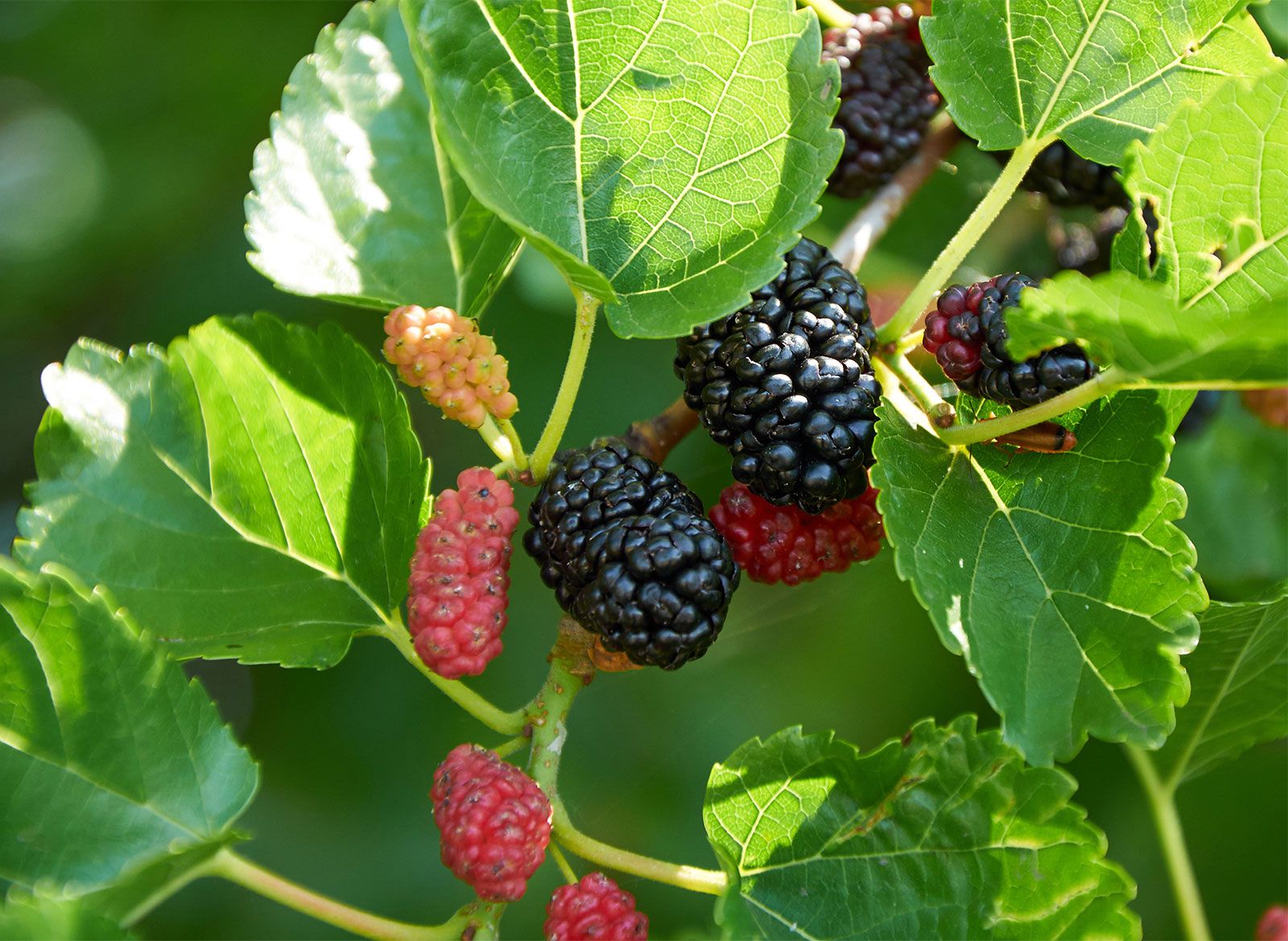Mulberry silk, renowned for its exquisite sheen and luxurious touch, occupies a unique niche within the textile industry. This remarkable fabric is derived from the cocoons of the Bombyx mori moth, whose lifecycle is intricately linked to mulberry trees. But what precisely defines mulberry silk, and why does it garner such acclaim in fashion and textiles? Let’s delve into the intricacies surrounding this exceptional material.
What Is Mulberry Silk?
To grasp the essence of mulberry silk, one must first understand its origin. The silkworms that produce this silk are fed an exclusive diet of mulberry leaves. This dietary specificity not only influences the quality and characteristics of the silk but also plays a crucial role in the overall life cycle of the Bombyx mori moth. Throughout the rearing process, these silkworms spin fine threads of silk, which, after careful harvesting and processing, yield the luxurious fabric we recognize as mulberry silk.
But what makes this type of silk distinct from others? The answer lies in its composition and production methods. Mulberry silk is classified as a protein fiber, primarily made up of fibroin—the same substance that makes up spider silk. This composition confers several unique attributes upon the fabric, setting it apart in both tactile and visual qualities.
The Production Process: Crafting Luxury
The journey from mulberry leaf to silk fabric is nothing short of extraordinary. It begins with the cultivation of mulberry trees, which thrive in regions fertile enough to support their growth, predominantly in East Asia. Once the trees bear leaves, they become the primary sustenance for the burgeoning silkworms.
After approximately 30 to 60 days, these larvae enter the crucial spinning stage, where they painstakingly encase themselves in a cocoon made of silk threads. Each cocoon can yield about 1,000 to 3,000 feet of silk filament, a testament to the incredible productivity of these small creatures.
Once the cocoons are harvested, they undergo a process known as boiling. This method not only kills the pupae but also loosens the threads, allowing artisans to unravel them carefully. The resulting filaments are then grouped together to create the silk threads used in weaving.
The Allure of Mulberry Silk: Characteristics and Benefits
What makes mulberry silk so desirable? The answer lies in its luxurious qualities. First and foremost, mulberry silk is celebrated for its unparalleled softness and smooth texture, making it an enchanting choice for garments and home textiles alike. This softness is often attributed to the long continuous fibers derived from the silk threads, minimizing the chance of pilling and discomfort against the skin.
Additionally, mulberry silk is renowned for its luster. The fabric has a reflective quality that enhances its appearance, giving it an opulent and elegant appeal. This sheen can elevate any fashion item, transforming even the simplest designs into elegant statements.
The durability of mulberry silk cannot be overlooked. Despite its delicate appearance, this silk is remarkably strong and resilient when handled with care. It possesses natural elasticity, allowing it to maintain its shape and structure over time, which is particularly advantageous for garments intended for regular wear.
Moreover, mulberry silk is hypoallergenic, making it suitable for individuals with sensitive skin or allergies. Its natural properties can deter dust mites and other allergens, creating a healthier sleeping environment when used in bedding. This characteristic adds to its allure, affirming its status as a wise choice for both fashion and home decor.
Challenges: The Double-Edged Sword of Luxurious Materials Firstly, the care instructions for mulberry silk are notably stringent. While it is durable, improper washing methods can lead to damage. Silk should typically be hand-washed in cold water with gentle detergent and air-dried to preserve its integrity. This level of maintenance might pose a challenge for those accustomed to the convenience of machine-washable fabrics.
Furthermore, the cost of mulberry silk is significantly higher than that of other textiles. Quality comes at a price, and for many, the expense can be prohibitive. The ethical concerns surrounding the production of silk also raise questions for conscious consumers. The boiling method used to harvest cocoons, while traditionally grounded in silk-making practices, has led some to seek alternatives in the growing market of cruelty-free textiles.
Conclusion Post Views: 1,156
